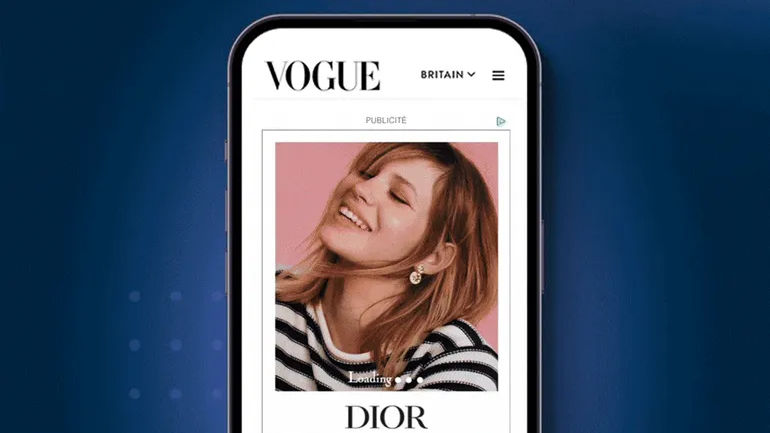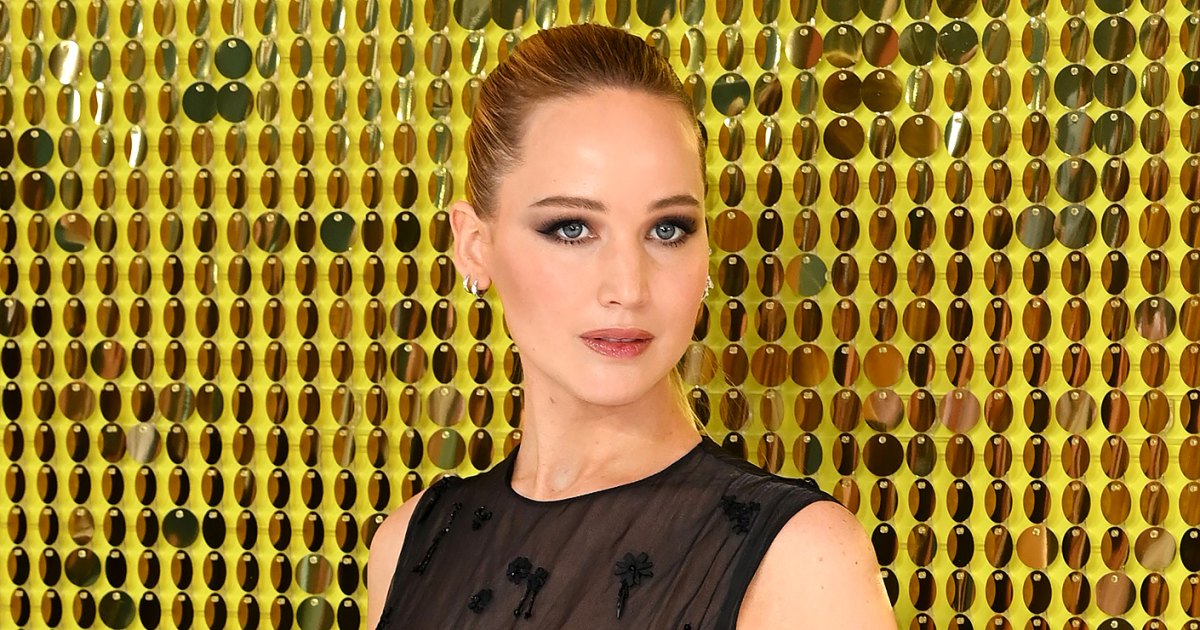
The Luxury Transformation: Christian Dior's Success with Virtual Try-Ons

Discover how a strategic virtual activation by Perfect Corp. and Teads elevated Christian Dior's brand recognition by 17%, positioning it as a premium luxury brand in the digital realm.
Augmented reality (AR) offers a unique benefit to consumers by allowing them to test products before making a purchase, all from the comfort of their own homes. This feature has become a key selling point for many fashion brands looking to expand their reach and appeal to a wider audience.
Despite its popularity, AR technology, popularized by platforms like Snap, may have limitations in providing an accurate in-person try-on experience. Issues such as inaccurate colors, misplacement, or lack of movement tracking in the camera can lead to a less-than-ideal virtual try-on. These concerns may deter luxury brands from utilizing AR for virtual try-ons, but Christian Dior Couture's recent initiative suggests that some high-end brands are embracing the technology.
As part of its “Rose des Vents” campaign, Christian Dior Couture tried out a virtual try-on (VTO) format in four markets: the United States, South Korea, Hong Kong, and Japan. The collaboration between Perfect Corp. and global media platform Teads made it possible for consumers to virtually try on earrings using their smartphones while staying on a publisher’s website.
Rachid Ait Addi, senior vice president of strategic accounts at Teads, mentioned that the earrings being tried on ranged in price from $5,000 to $15,000. The goal was to create an ad experience and user experience that was top-notch and enjoyable for all.
Using the VTO format, Christian Dior experienced significant improvements in advertising recall and brand linkage compared to their traditional video formats. Results from the effort conducted with Kantar Profiles showed a 43% increase in advertising recall and a 62% increase in brand linkage. Additionally, engagement with the advertisement also saw positive growth, with a 12% rise in users eager to share their experience and a 36% increase in purchase intent. The campaign took place from July to August of the previous year.
Most notably, the campaign had a positive impact on Christian Dior's brand perception. There was a 17% increase in respondents recognizing the brand as premium.
Ait Addi mentioned that the best Key Performance Indicator (KPI) for them was to be perceived as a premium brand in all aspects. They aim to avoid being seen as gimmicky, which is not in line with the image of Christian Dior.
In the United States, the campaign utilized Teads' optimized VTO assets and resulted in increased brand awareness. The campaign achieved a user engagement rate of 0.23% and a click-through rate of 11.25% following the AR activation.
Teads' Innovative Solution for Increased Brand Engagement and Future Purchases
According to a statement from the brand, the focus on capturing attention is crucial in today's digital landscape. The innovative solution provided by Teads has proven to be effective in boosting online brand engagement and driving future purchases. The recent campaign has allowed for a more immersive experience for the audience, helping the brand to achieve its goals in terms of engagement and brand awareness.
Tailored for Luxury
The key factor behind the success of the VTO activation is control. Teads had the ability to oversee every aspect of the experience, from the operation and appearance of the VTO to its placement, ensuring that the experience met Dior's quality standards.
For example, collaborating with prestigious partners like Condé Nast and other top-tier publishers allowed Teads to ensure that users stayed on these publishers' sites instead of being redirected to social media platforms where the content could not be managed. This strategy helped maintain the brand's association with the high-quality content it aimed for.
"Lily Givoni, head of luxury at Teads, believes that moving content from social platforms to high-quality journalism articles enhances its quality, luxury, and connection with consumers. This content is displayed in traditional ad slots, within a curated environment alongside curated content."
"Teads developed technology in-house to ensure that the earrings featured in their advertisements accurately represented how they would look in-store, including their color, shine, and fit. The goal was to provide consumers with a virtual try-on experience that closely resembles trying on the earrings in person."
Givoni emphasized the importance of ensuring that the colors of the earrings matched those displayed on the website for a seamless advertising and consumer experience. Proper placement of the earrings on the ears is also crucial, despite seeming like a simple task.
Looking ahead, both the brand and the media platform are filled with optimism. Teads and Dior are collaborating on various projects, particularly in the cosmetics industry where color matching is essential. Givoni shared that they are also exploring other potential areas for innovation.
Givoni pondered, "Where do we go from here? How can we bring fragrance to the internet and evoke emotions through scent? It's something that I constantly think about."
Editor's P/S:
Christian Dior's recent virtual try-on initiative showcases the transformative potential of augmented reality (AR) in the luxury fashion industry. By enabling consumers to experience high-end jewelry virtually, AR eliminates barriers and opens up new avenues for customer engagement. The positive results achieved by Dior, including increased advertising recall, brand linkage, and purchase intent, demonstrate the effectiveness of AR as a marketing tool.
As AR technology continues to evolve, we can expect to see even more innovative applications in the future. Dior's success paves the way for other luxury brands to embrace AR and explore its potential to create immersive and engaging experiences for their customers. The ability to virtually try on products before purchasing not only enhances the customer journey but also provides valuable insights into consumer preferences and behavior. AR has the power to revolutionize the way we shop and interact with brands, offering a unique blend of convenience and personalization.










